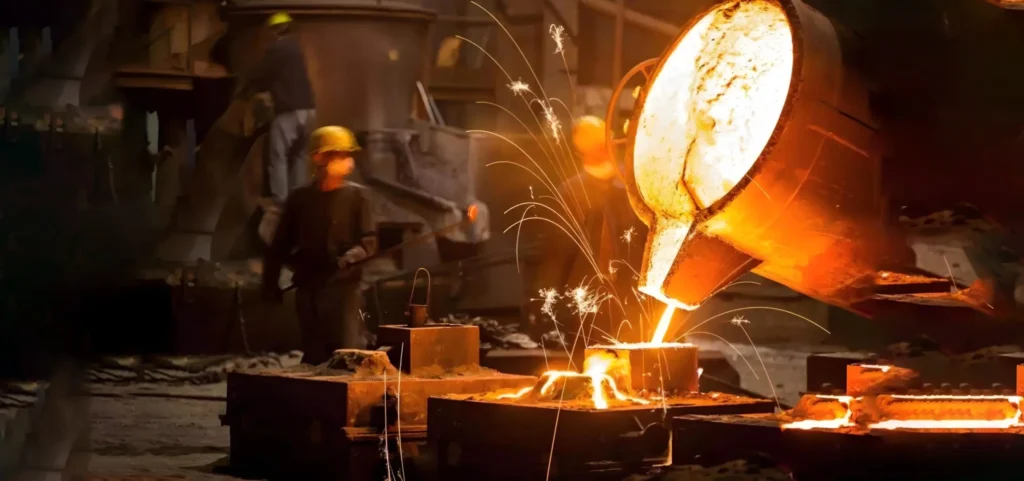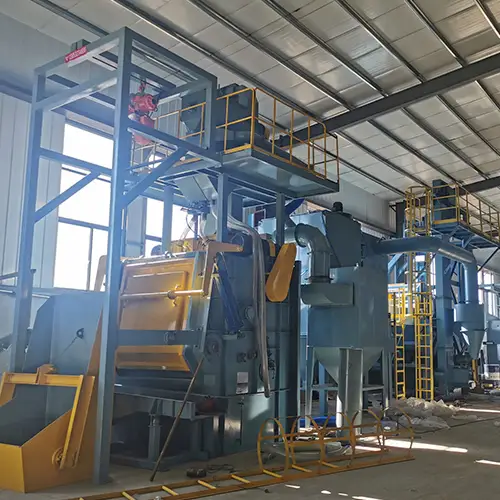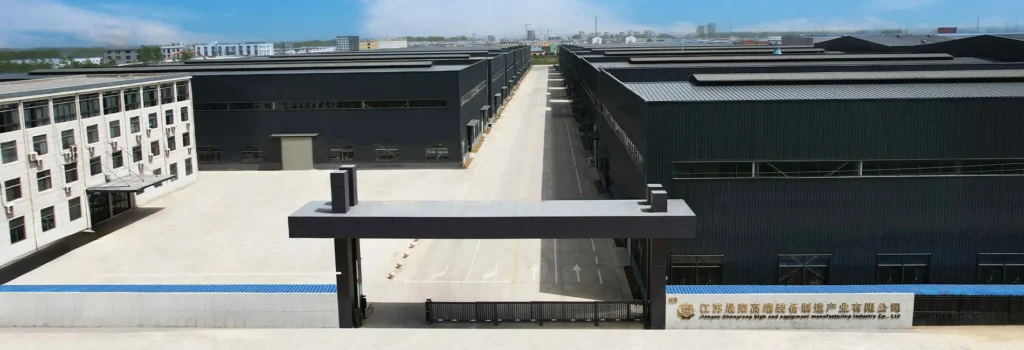
Iron casting foundry Definition
A foundry is a factory that produces castings by melting metal, pouring the liquid metal into a mold, and then allowing it to solidify. Foundries produce more than just metal products for engines, railroad or pipeline parts, but also machine components, 90% of manufactured goods rely on metal castings.
The Casting Process of Iron casting foundry
The general steps involved in casting are patterning, shaping, melting, pouring, ejection, cleaning, trimming and inspection.
The final casting shape corresponds to the mold it is poured into, so the mold is carefully shaped with a pattern – a wooden or metal replica of the object to be cast. The most common mold material is silica sand, but they can be made of a variety of different materials depending on the metal being cast and the method used.
The furnace is “filled” with metal and heated to above the melting point of the metal. Once the molten metal reaches a specific pouring temperature, it is removed from the furnace through a spout into a refractory-lined steel ladle. Any slag or impurities are skimmed off the top of the molten metal surface. The ladle is then tipped, pouring the molten metal into the mold cavity.
The mold cools, the metal solidifies, and the casting is then ejected from the mold and cleaned. The cleaned casting is finished by trimming, a process that removes excess material from the casting to meet the specified dimensions of the finished product. Depending on the casting specifications, trimming can be quick and simple or an extremely detailed job. The finished casting is inspected by the foundry before shipment.
Foundries do more than just produce raw castings. They have many operations that often include part design, tool making, prototyping, machining, assembly, and other after-sales services.
Iron casting foundry equipment
They contain all the machinery and equipment used for mold and core making, casting, and forming. This category includes large furnaces, ladles, forklifts, cranes, conveyors, and transfer boats. All foundry equipment is specifically designed to operate reliably at the high temperatures of the melt shop.
The fundamental distinction between foundries is whether they work with ferrous metals (iron or steel) or nonferrous metals (aluminum, brass, bronze, copper, etc.). The exact type of equipment depends on the metals the foundry is working with; electric arc furnaces are ideal for processing steel, while foundries specializing in copper are more likely to use induction furnaces. Furnaces vary in size from small tabletop units to units weighing several tons. Output can vary from a fraction of an ounce to several tons. The same variability in patterns and sizes extends to molders and formers and most other foundry equipment.
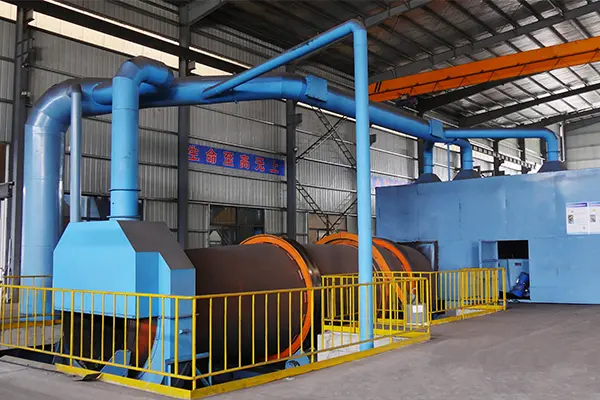
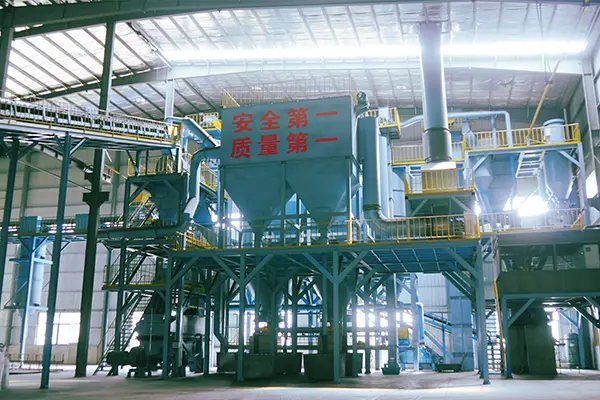
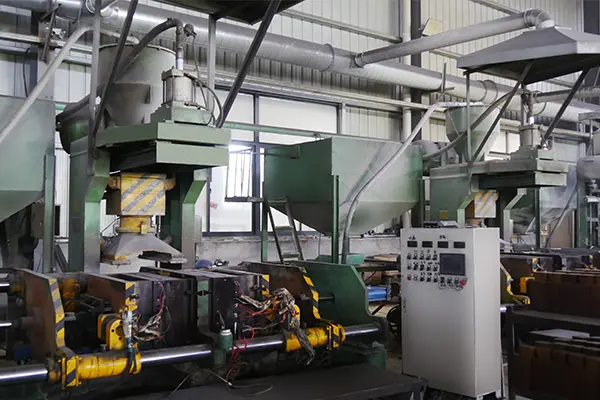
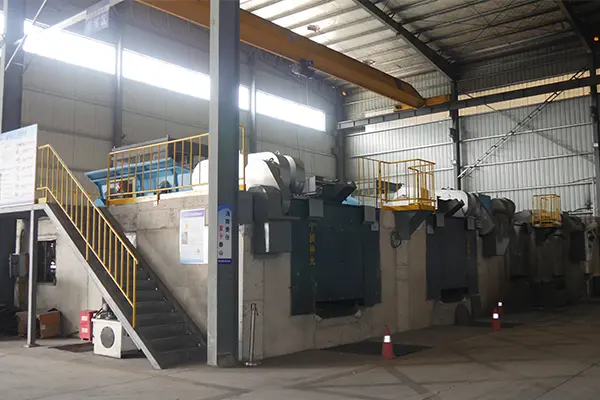
Foundry Design and Introduction
The primary activity in a foundry is melting metal, which requires temperatures in excess of 2600 degrees Fahrenheit (1425 °C). The violent and unpredictable nature of chemical reactions at extremely high temperatures requires that foundry safety procedures be equally stringent. Everything in a foundry is designed to minimize the risks associated with melting and transporting metal.
Charging Charging metal into a furnace for melting is one of the most hazardous operations in a foundry. Ambient temperatures in foundries are high. Foundry workers must wear hard hats, goggles, face shields, and thick aluminized clothing. Foundry roofs are designed to be high to allow for air circulation.
Once the metal is melted, it still needs to be moved around the foundry to be poured into molds. Precautions are taken to avoid spills, especially on or near foundry workers. Routes are marked and clear of obstructions. Traffic in the foundry is strictly controlled so that no unnecessary personnel ever get in the way of molten metal during transport. Mechanical aids (forklifts, mechanical ladles) are used to further reduce human contact.
Even with all the precautions, spills can still occur. To minimize damage, foundry floors are made of non-reactive, flame-retardant materials. Compacted dirt is the most economical and arguably the most effective. Regular concrete will crack from exposure to liquid metal, but high-temperature concrete with a thermal shock rating can be used.
Safety-conscious design and protective gear help reduce the risk to workers and equipment, but the real key to safe foundry operations is a skilled foundry worker with excellent situational awareness, strength, and endurance.
Casting Industry Trends
Castings are produced in foundries around the world. The foundry industry is undergoing some important shifts that affect quality and cost for the end user. Casting technology continues to advance, and the basic foundry business is evolving and diversifying. The most prominent trends are scale, automation, and on-site finishes. The cost of raw materials, especially recycled scrap metal, has fallen, but the industry still faces a profit margin dilemma due to rapidly rising labor costs. Rising labor costs are a major driver of automation—doubly so because foundries are such dangerous and uncomfortable jobs for humans. A breakthrough in foundry automation could mean lower costs for auto parts, train wheels, and any other casting that can be mass-produced.

